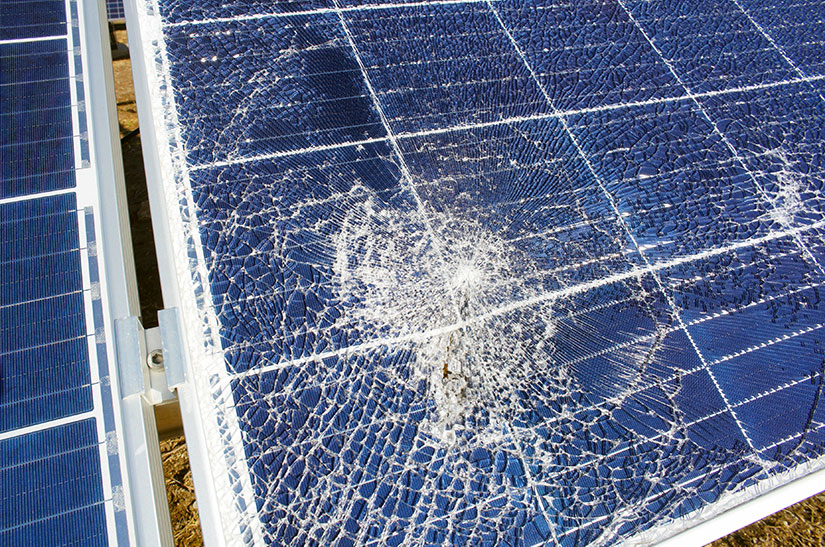
Large Module Glass Resilience
| Project ID | 7c3ccc67-0bf3-4ba7-a8f0-28046e16f500 |
|---|
Forecasting glass resilience of large format modules
DuraMAT 2.0 Project
Disruptive Acceleration Science
Category: Mechanics and Cracking
Recipient NREL (PI: Springer, Martin)
Status Awarded
Abstract The International Technology Roadmap for Photovoltaic estimates that 75% of all installed utility scale PV modules will be larger than 2.5 m^2 and more than 15% will be larger than 3 m^2 by 2026. The increasing module size allows for high power modules but necessitates design changes in module architecture, mounting configuration, and utilized materials. For example, manufacturers use thinner glass front sheets to accommodate any weight increases from size changes or architecture changes as glass/glass designs for bifacial cells. However, thinner glass sheets cannot be heat-treated the same way as thicker sheets, often necessitating a change from tempered to heat-strengthened glass. Without proper design changes and insufficient mounting configurations, larger modules may become more compliant, leading to larger deflections and possible glass fracture under severe weather events or even spontaneously. Fractured glass sheets represent an electrical safety hazard that causes power loss when the inverter shuts down for safety reasons, which requires the replacement of modules before the anticipated end-of-life. This project assesses the implications of large format module designs on module resilience by establishing the necessary framework and tools to predict the probability of glass fracture and avoid glass breakage in modern PV module designs.
